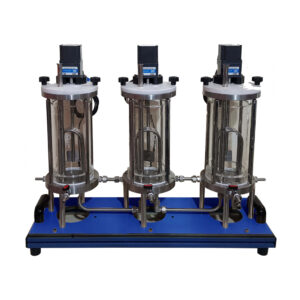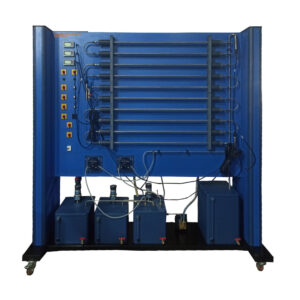The spray assembly’s structure and design minimize any potential contamination and result in a free-flowing, nearly spherical powder. The substance is delivered in liquid form during the spray-drying process and leaves as a dry, fine powder. There is little thermal shock. The procedure, which involves using filmogen to bind the fine product into tiny balls, can be utilized for powder coating (agglomeration). Micro-encapsulation and englobulation are two other techniques where spray drying is effective.A heated air stream is in contact with a fine jet of the liquid to be dried. This drives the solid particles into the cyclone separator while also evaporating the spray moisture. The exhaust vapor is sent to the outside atmosphere or a fume/dust extractor, and the solids are collected in a sample jar at the foot of the cyclone.
Experiments
- To dry the powder slurry in a continuous process and create granulated powder of desired quality.
- This technique has successfully processed materials in the following areas:
- Beverages Flavours & Colourings
- Milk & Egg Products Plant & Vegetable Extracts
- Pharmaceuticals Heat Sensitive Materials
- Plastics Perfumes Dyestuffs
- Ceramics & Advanced Materials
- Soaps & Detergents Textiles Foodstuffs Adhesives
- Detergent Powder
Specifications
- Floor standing spray dryer for processing aqueous emulsions, solutions, suspensions and colloids
- Downward co-current operation (a fine jet of the liquid is brought into contact with a hot air stream)
- Incorporates manual jet de-blocking device
- The unit is supplied complete; ready for operation.
- Materials of construction: stainless steel, pvc and glass
- Dryer components: Glass with gasket-free ground glass flanges
- Digital controller and display of inlet temperature
- Digital display of outlet temperature
- Rotary knob to control pump speed
- On/off switches for the blower, heater, and mains supply




